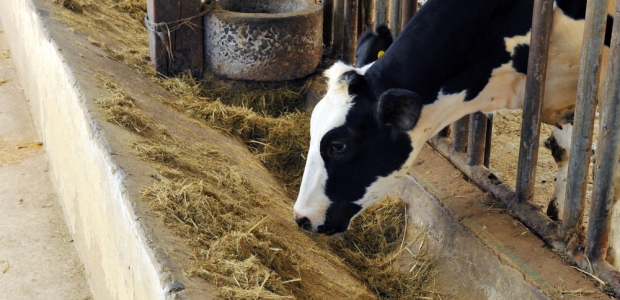
WorkSafeBC Offers Dairy Farm Safety Guide
The 108-page guide developed in partnership with AgSafe and the BC Dairy Association covers various hazards, including confined spaces, working with electricity, livestock and animal medicines, mobile equipment, ergonomics, PPE, respiratory protection, and fall protection.
WorkSafeBC has partnered with AgSafe and the BC Dairy Association on a new, 108-page safety guide for dairy farmers to use as part of their overall safety and health program. The guide covers a variety of hazards, including confined spaces, working with electricity, livestock and animal medicines, mobile equipment, ergonomics, PPE, respiratory protection, the Workplace Hazardous Materials Information System (WHMIS), slips and falls, and fall protection.
WorkSafeBC is an independent provincial statutory agency that serves 2.3 million workers and more than 225,000 employers. Dairy is among British Columbia's most important industries and, while the number of time-loss claims in the dairy industry remains stable, from 2006 to 2015 there were six work-related deaths and 126 serious injuries recorded, according to the agency.
"We've seen an increase in the number of work-related deaths and serious injuries in the dairy industry over the last 10 years. We hope the new safety resources will raise awareness about workplace health and safety and help prevent future deaths and serious injuries," said Doug Pasco, WorkSafeBC agriculture industry specialist.
The four leading sources of injuries on British Columbia dairy farms are:
- Animals (33 percent)
- Working surfaces (19 percent)
- Machines and vehicles (12 percent)
- Buildings and structures (9 percent)
"Dairy farms are one of the most diverse working environments, and workplace hazards are not always animal related," said Tadhg O'Leary, AgSafe agricultural safety advisor. "It's a farmer's responsibility to eliminate those hazards by developing a comprehensive workplace safety plan. This guide was developed using feedback from our dairy farm members about the safety challenges they face. This is a user-friendly safety tool that will help dairy farmers improve worker safety and regulatory compliance."
"Occupational safety is an ongoing concern for B.C. dairy farmers," added Trevor Hargreaves, the BC Dairy Association's director of Producer Relations and Communications. "As part of our industry commitment toward ever-improving standards and practices, we’re pleased to work with WorkSafeBC and AgSafe on these initiatives. The new guide assists with improving safety awareness and practices, thereby reducing the incidents of serious work-related injury."